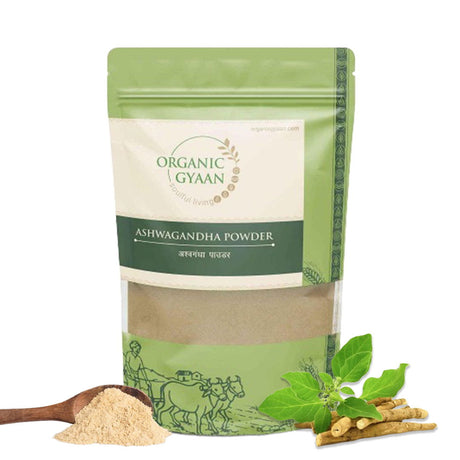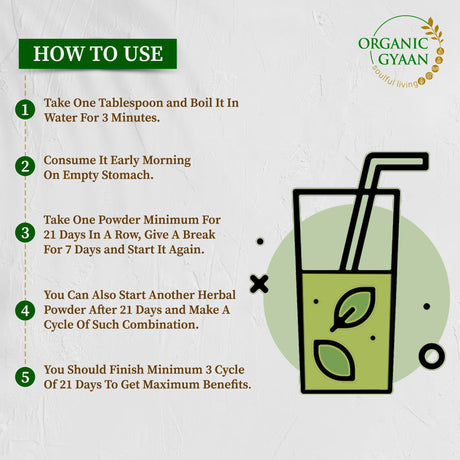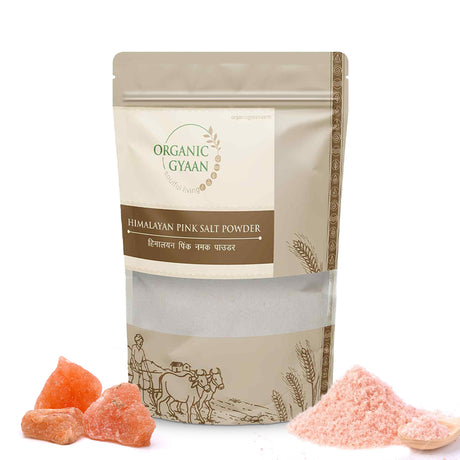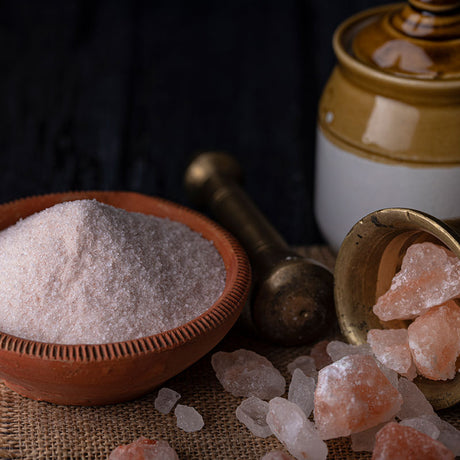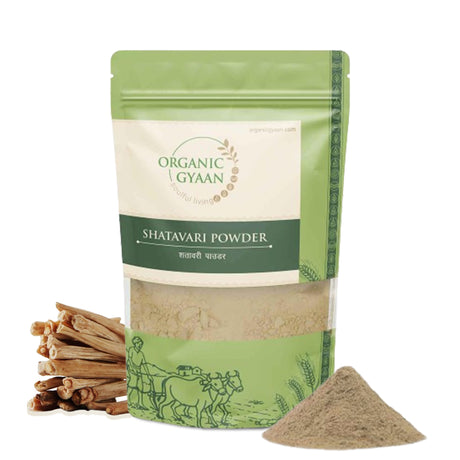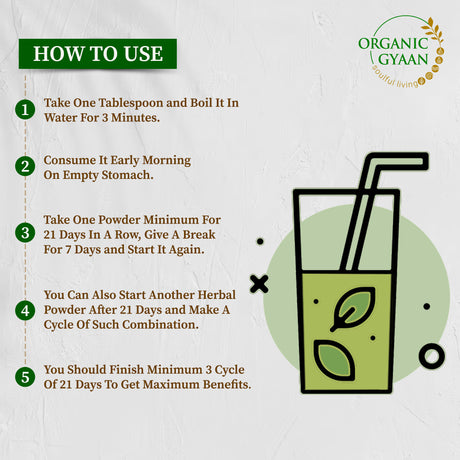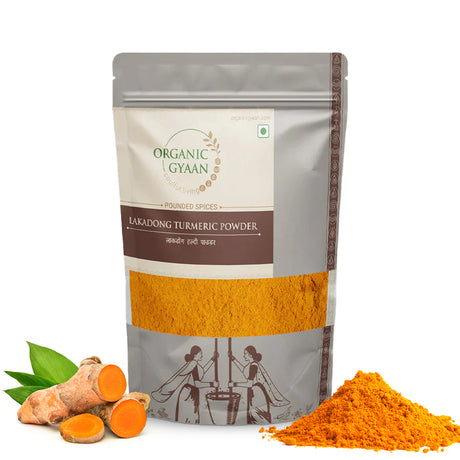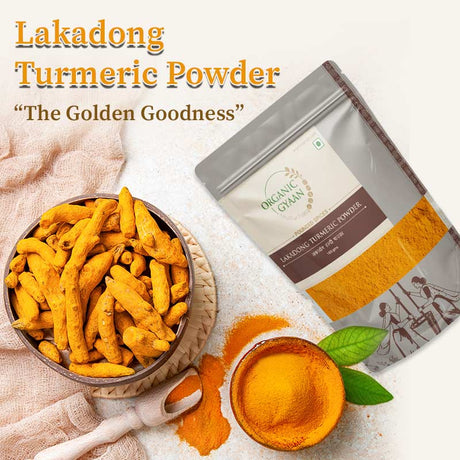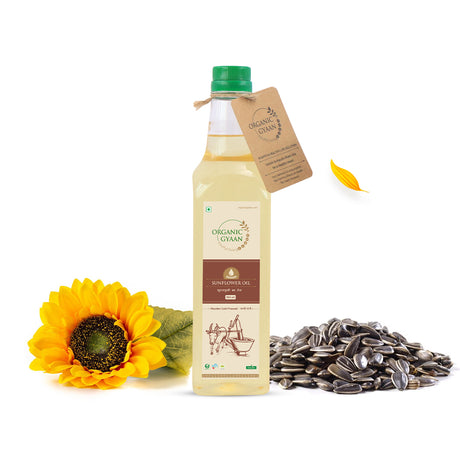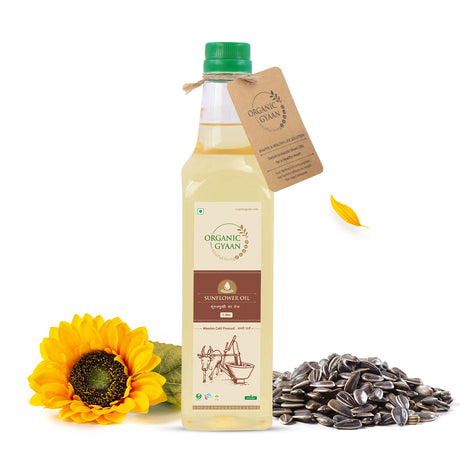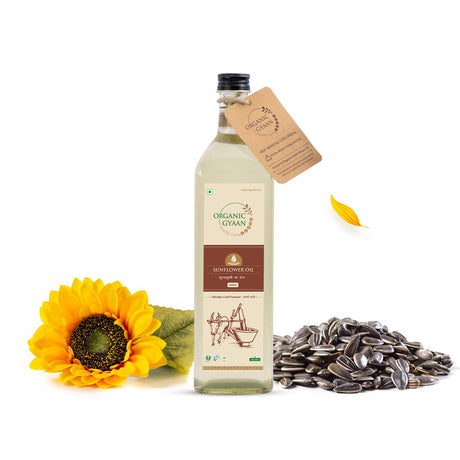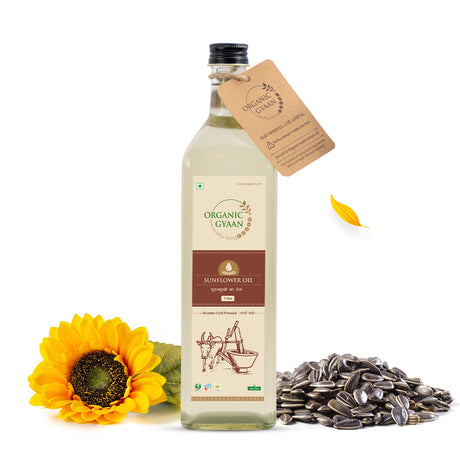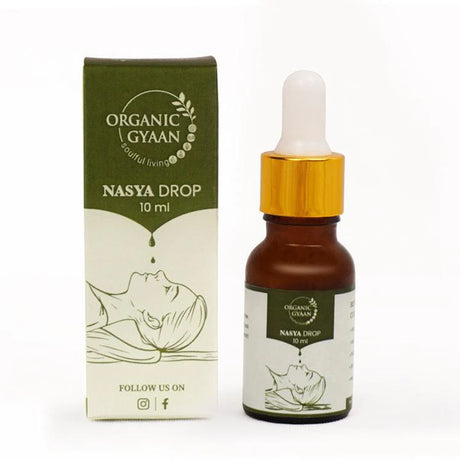“We have to reboot ourselves by switching to organics and millets” – Agricultural Minister Krishna Gowda.
It is exciting to follow our ancestor’s footprints and rejuvenate the forgotten food culture. The inclusion of fat-saturated processed food and ready-to-eat things worsened our bodies and led to various lifestyle health problems. Researchers are spending hours to know how our ancestors lived a healthy lifestyle despite the scarcity of such comforts and amenities that we have today.
The answer to this question lies in the food they were eating. Crops produced only with natural fertilizers and without pesticides used to retain and increase the nutrient quotients were the backbone of our ancestor’s super-built health. Inclusion of diverse food like millet, lentil, fruit, and all types of vegetables used to make their meal complete. Millets were the strength-giving core food and ragi lists among the top millets which were consumed on a regular basis as a part of meals.
Story of Ragi:
You might have learned about the story- of when Lord Indra saw two dear souls- akki and ragi while traversing through lush green fields. These souls were wrangling over the power. The rain god intervened and asked them to work until he tells them to stop. When God returned, he left thunderstruck to see that Ragi was fresh and bright even after working hard whereas Akki was wilting wide. Hence, ragi is a symbol of strength, courage and endurance!
Ragi which is also known as Finger Millet has several secrets hidden behind the tiny, brown seeds. Native to African highlands in Ethiopia and Uganda, Ragi is prosperously cultivated in India, especially in the states like Karnataka, Maharashtra, Gujrat, Jharkhand, and Andhra Pradesh.
Ragi is a rain-fed crop that doesn’t demand many fertilizers, with a whooping shelf life of more than 50 years. This famine reserve always gets a backseat in Indian food due to the immense popularity of other staple crops like wheat and rice. Thanks to several types of research which fetch the spotlight back on these brown seeds and made them a front runner offering influencing health benefits!
Nutritional Profile of Ragi:
Till here, you must have understood that the Ragi has been a core part of the meal for a long time. Think why our ancestors were highly dependent on these small yet mighty crops! When scientifically researched, it is found that ragi feature an impressive nutritional profile, comprising vital macronutrients, along with a noteworthy level of micronutrients. These influencing ragi nutrition facts make the millet a wholesome breakfast cereal and a superfood. Let’s discover its nutrient profile:
|
Nutrient Name |
Nutrition value per 100 grams |
|
Calories |
385 |
|
Carbs |
25% |
|
Fat |
7% |
|
Dietary Fibre |
14% |
|
Sugar |
2% |
|
Protein |
10% |
|
Potassium |
27% |
|
Iron |
11% |
|
Calcium |
26% |
Ragi’s nutritional value is not limited to just these micro and macro nutrients but it is enriched with essential vitamins like Riboflavin, Vitamin C, E, and Thiamine.
Benefits of Ragi:
After understanding the theory, let’s move to ragi/finger millet benefits which underlines that it is truly a valued cereal:
1. Fortifies Bone Health
If you go through baby food in India, you will find Ragi on top because it is the prime source of the highest calcium and iron. Ragi is an ideal food not only for children but also for adults. Regular consumption of ragi can make your bones and teeth stronger and healthy. Several health practitioners recommend ragi porridge, and ragi roti to individuals who are at risk of osteoporosis.
2. Superfood for Weight Management
If you are also finding a good option for gluten-free wholesome food, then Ragi is the best option for you. Comprised of a very low natural fat and a special amino acid- Tryptophan, which may keep you on a lower appetite. With a slow digestion rate, you may keep yourself away from consuming extra calories in your diet. The high fibre of ragi may promote healthy weight management.
3. Controlling Sugar Levels
Ragi is a superfood for people with high blood sugar levels. With a low glycaemic index, Ragi can slow digestion and halt the sudden spike in the blood sugar level. The exterior coating of finger millet contains richer polyphenols which are very much useful in fighting high blood sugar level-related diseases. Some researchers have claimed that ragi may be helpful in wound healing processes which can be a boon for people with high blood sugar levels.
4. Good for Heart Health
The span of Ragi uses is as big as a canvas and includes cardiovascular health as well. This brown crop has the potential to reduce the risk of several cardiovascular issues. It is also found that Ragi may reduce the concentrations of serum triglycerides and inhibits lipid oxidation and LDL cholesterol oxidation. Also, enriched with a good amount of fibre it may help lower cholesterol. The components in ragi such as lecithin and Methionine may remove excess fat from the liver which improves overall heart health.
5. Improved Digestion
Being a good source of iron, ragi may help individuals with low haemoglobin improve their blood health. As this superfood is enriched with both soluble and insoluble fibre, ragi may help your intestines to digest food smoothly. It also keeps you fuller for longer and improves your overall digestion process.
6. Enhanced Skin Health
Ragi is a wonder food and works magically in skincare and anti-ageing processes. Amino acids- Methionine and Lysine present in the ragi may help in protecting the skin from various issues like rashes, wrinkles, and skin dullness. High level of antioxidants may reverse the signs of ageing and enhances skin health.
7. Magical Food in Anaemia
From ancient times, health nutritionists have recommended ragi to fight against anaemia with its high protein and mineral contents. This powerhouse of iron can work in anaemia magically.
The milieu of urbanization and overdependence on packaged food are already ruining our health and we are facing never-ending health problems and financial loss. The unbeatable knowledge of our ancestors has proved that their way of living was ideal and prosperous. Organically produced grains, homemade food, and minimalistic lifestyles were the secrets of their healthy life.
Following their ways and implementing the best possible of their lifestyles has become a new regimen of today’s generation. Movements like ‘be vocal for local’ support locally produced food and spread awareness about the less-focused or ignored local food.
Ragi is one such food that needs the centre of attraction to boost production. Let’s shift to our basics and invent some interesting recipes with Ragi superfood to calm our tastebuds and boost our core health. Make this superfood a beeline for your meal and reap the never-ending benefits!




